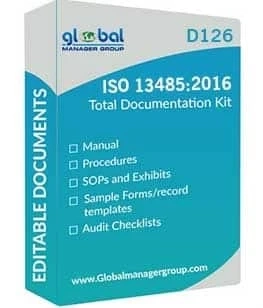Optimizing Medical Device Compliance: Key Components of ISO 13485 Documents
In the dynamic landscape of medical device manufacturing, achieving and maintaining compliance with quality standards is paramount. This article explores the essential factors of optimizing medical device compliance through the key components of ISO 13485 documents.



